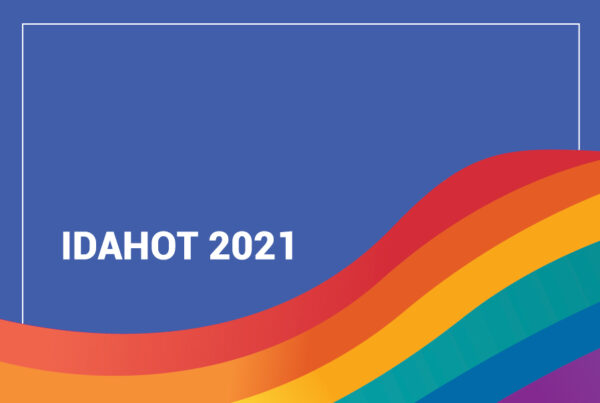Is COVID-19 Airborne?
This is probably one the most recently asked questions that we couldn’t find a definitive answer to so far. Growing evidence shows that the transmission of COVID-19 is different than what was previously shared with us. Recent studies concluded that the virus can remain up to 3 hours in the air, but little is known yet about its infectiousness in this case–as it’s dependent on many factors including the size and flight pattern of the particles (or droplets) and the environment (temperature, humidity, concentration). Poorly ventilated environments like closed indoor spaces can have much higher levels of the corona virus which may increase the chances of transmission.
In all cases, we need to be self-aware of our behavior to change our prevention strategies according to the new findings on transmission and what we certainly know about the virus. Therefore, Wearing masks and ventilating our rooms are now a must to prevent the corona virus especially in crowded places (more than 1 person) as well as physical distancing (2 meters at LEAST) which are now even more crucial than before.
Will there be a second wave of COVID-19?
Historically several pandemics have had second waves which were much more fatal than the 1st and the 3rd wave, like the Spanish Flu in 1918. In the recent past outbreaks (in the 21st century), SARS or MERS 2nd waves didn’t occur as they were successfully contained–but those two viruses are not as infectious as COVID-19.
So how can we know if there will be a second outbreak? If yes, what would it look like? The truth is, we can’t predict any of those things, because each virus has certain specifications different from the others and it is impossible to know how it will evolve or mutate. The history of outbreaks and infectious diseases can teach us a lot, but we should treat each epidemic and virus differently, according to what we already know about them, and monitor them closely to track any changes happening. However, there are some key factors that play an important role whether we will have a second wave or not including:
– The R0 naught value: ‘R-naught’ represents the number of new infections estimated to stem from a single case. For example the R0 for the common flu is 1.4-2.8, meaning a person with Flu is most likely to infect 1 – 2 people. Ebola for example is 1.5-1.9, however, the recent coronavirus is at 2-5.7, which means an infected person is likely to infect 2 – 6 people on average.
This means the outbreak will increase if the people living with the virus transmit it to more than 1 person, which is why it should be kept <1. When the R 0 is less than 1 it means that an infected person would transmit it to 1 or no people at all, and this is how the virus would phase out and the danger would go away.
– A second wave is also dependent on whether people that were infected with the virus developed an immunity against it, the durability of this immunity (for how long will it cover them from the virus) and if it is a shared immunity (herd immunity)
– The changes that might occur in the ways of transmission of the virus
– The mutation of the virus => it might become more or less lethal which is why we should be closely monitoring it





